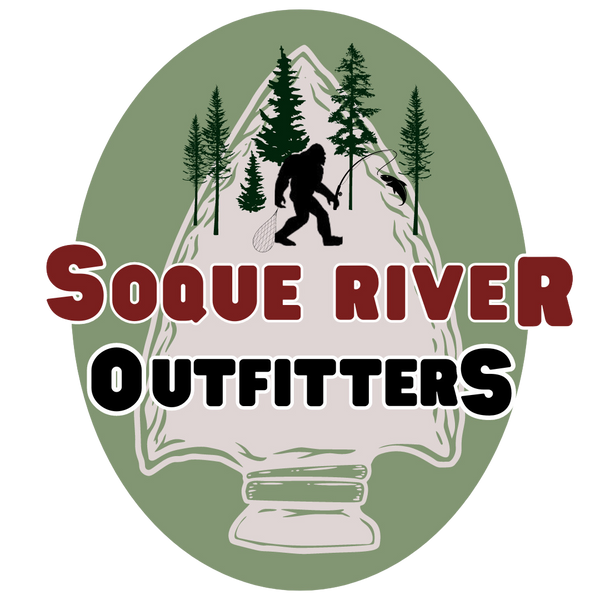When it rains it pours…
Seems like it just won’t quit raining here in the Southeast. Planning a fishing trip is difficult at best so what do you do when the river is running high?
Fish the hard stuff – By hard stuff I mean where water meets structure. The bank of the river, the bottom of the river, around logs and boulders. All of these things create areas of slower water that the fish will hold.
Get down – Make sure you have enough weight to get to the lower part of the water column. Because currents are generally slower at the bottom layer this is your best bet. Go with a lighter tippet even if the water is discolored if the fish you are chasing allow it. The thinner diameter tippet will get your flies down much faster than you would think. Consider flies that sink fast and don’t have a lot of drag. A heavy wooly bugger still has a lot of things going on that slow its sink rate so consider something more streamlined such as a mohair leech.
Go Big, Dark, fluorescent, and/or flashy – High water usually means dingy water. Fish will have a tendency to feed opportunistically as they do not have the time to inspect their food choices as well. Caloric burn rates are higher as well in fast water so a big meal looks more attractive. I like dark colored flies with a fluorescent hot spot especially on low light. High sun and I will also bring out the flash. Pink seems to always help on dingy water days so consider pink beaded flies or adding a pink hot spot. If you want a trophy, this could be the time to bring out the meat and sling some big streamers.
Consider a lake – In Georgia we have a few lakes stocked in the fall through spring. It can be a wonderful change of pace to hop in the float tube or on a kayak and chase stillwater trout. Some are even fishable from the bank. You can get technical with sinking lines and throw flies like blobs, or boobies and crunchers or stick with what you have on hand and just throw a weight forward line with a wooly bugger.
As always, be safe, and know your wading limits. Check water gauges and understand what level is safe for you. Have someone with you and bring a change of clothes in case you take a bath.
Don’t let a little rain get in the way, the fish are already wet anyway!
Fish on- Big T

